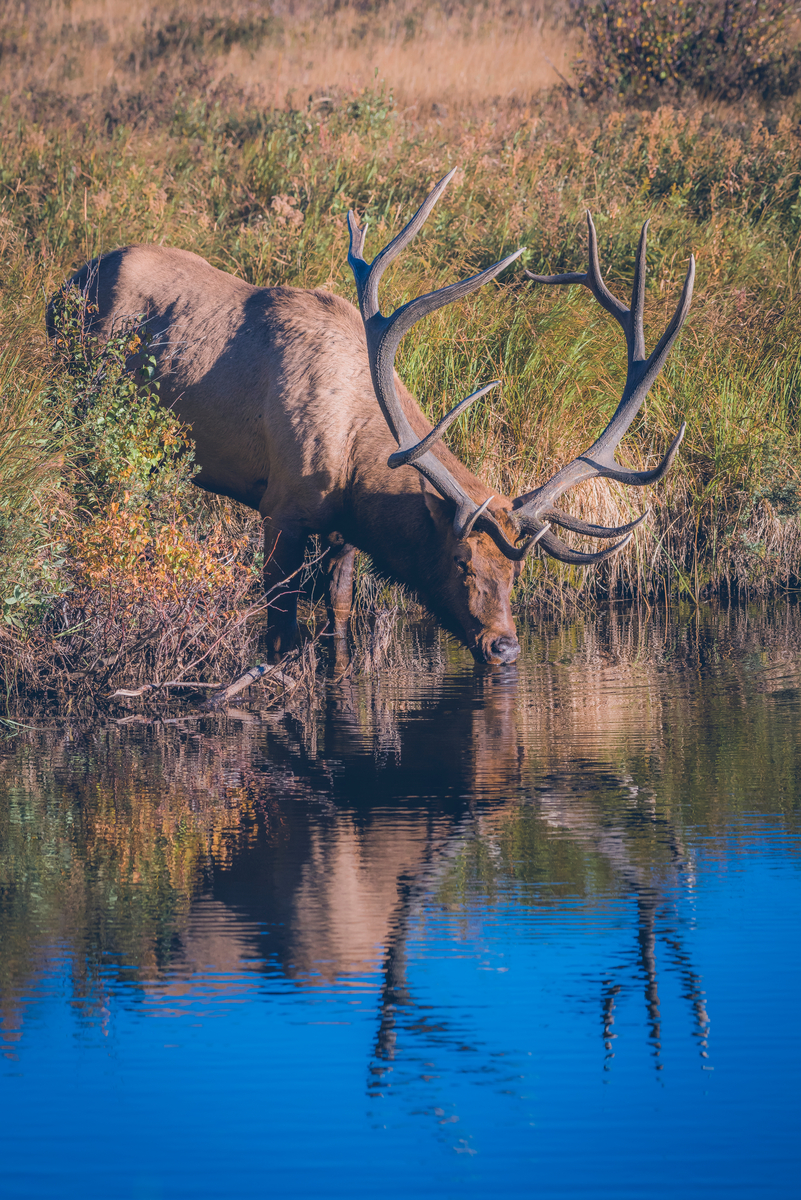A new, comprehensive study spanning more than two decades again dispels the long-held belief by environmentalists that the introduction of wolves changed the course of rivers and immediately helped the Greater Yellowstone Ecosystem (GYE). That theory, known as trophic cascade, is described as an ecological phenomenon that occurs when either adding or removing a top predator from a given landscape creates beneficial trickledown effects for wildlife and vegetation.
Researchers in Colorado State University’s Warner College of Natural Resources examined the effects of three apex predators – carnivores at the top of the food chain not preyed on by other animals – in Yellowstone. Depleted populations of cougars and grizzly bears naturally recovered about the same time wolves were reintroduced to the park in 1995. The absence of these predators for nearly a century transformed the food web and landscape.
This designed experiment conducted in Yellowstone is the longest of its kind and adds to evidence supporting the theory that degradation of ecosystems may not be reversed when harmful stressors are mitigated.
“When you disturb ecosystems by changing the makeup of a food web, it can lead to lasting changes that are not quickly fixed,” said Tom Hobbs, lead author and professor emeritus with the Department of Ecosystem Science and Sustainability and the Natural Resource Ecology Laboratory. “We can’t rule out the possibility that the ecosystem will be restored over the next 40 years as a result of the return of apex predators. All we can be sure of is what’s observable now — the ecosystem has not responded dramatically to the restored food web.”
The findings are nothing new as they are in line with earlier research. Among them, a 2021 study showed sampling bias led to conclusions that wolves had an inflated impact on the regrowth of GYE aspen stands.
(Photo credit: Rocky Mountain Elk Foundation)
